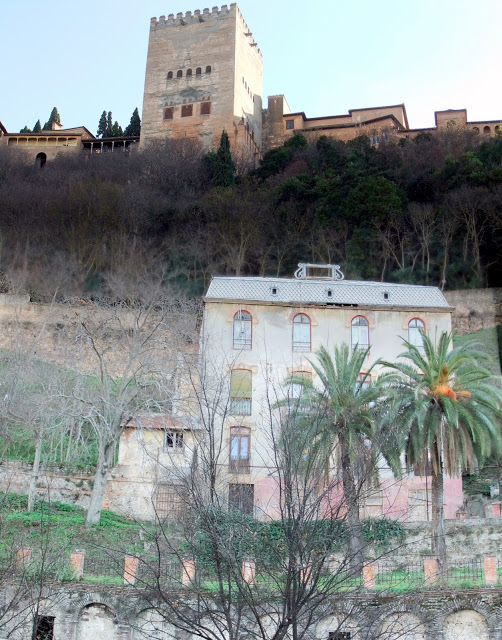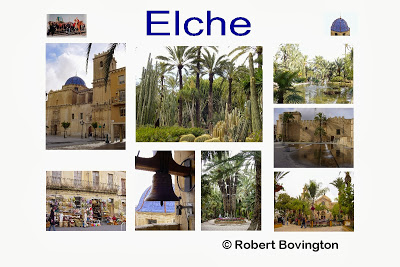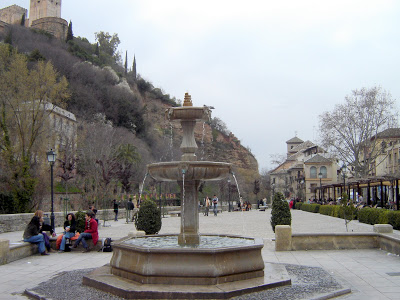Elche
Iberians, Phoenicians, Greeks, Romans, Visigoths and Moors have in turn, invaded the Land of Valencia and nowhere in this region are the legacies left by these ‘guests’ more evident than in Elche. The most visible memento is the palm trees that were planted by the Moors. Elche is simply inundated with them! Over 200,000 palm trees surround the city making it more like a forest than an urban landscape. The Moors formally laid out the ‘Palmeral of Elche’ in the 10th century. They installed elaborate irrigation systems and these are still functioning today as are the agricultural practices developed by these enterprising people. Elche is a World Heritage site because the palm forest is so impressive and important…. (extract from “Spanish Matters (chap 3 – El Huerto de Cura)”
Other blogs by Robert Bovington:
|
“Photographs of Spain”
|
|
|
“Spanish Impressions”
|
|
|
“you couldn’t make it up!”
|
|
|
“a grumpy old man in Spain”
|
|
|
“bits and bobs”
|
|
|
“Spanish Expressions”
|
|
|
“Spanish Art”
|
|
|
“Books About Spain”
|
Granada Alhambra – Torre de la Vela
 |
| view from the Plaza Santa Ana |
The tower in this photo is the Torre de la Vela. The bell was used by the Arabs to announce disasters. From this privileged position a vast expanse of territory could be seen including the Vega of Granada.
The tower was, therefore, critical for defence and surveillance.
Later, the Christians used the bell to strike the hours and to announce the time that farmers could irrigate their fields.
The Spanish flag was placed on the tower on January 2, 1492 at 3 pm.
Granada – Carrera del Darro
..
The Carrera del Darro is a picturesque street that runs from the Plaza Santa Ana to the Paseo de los Tristes.
It is presumably called the Carrera del Darro because the River Darro runs alongside.
In Roman times the river was called aurus meaning ‘River of Gold’ – in those days panners made meager living searching for the precious mineral in the riverbed.
Several name changes later it became the Río Darro.
…
Granada – carmenes
One of the delights of the Albaicin area of Granada is its carmens (carmenes in Spanish). They are hillside townhouses with private walled gardens. They originated in Moorish times and their design expresses the Islamic idea of the inner paradise, a reflection of heaven. They gardens usually have mosaic floors, shady grottos and lush flora usually comprising rose, honeysuckle, palm, wisteria and, this being Granada, pomegranate. (granada is the Spanish word for pomegranate). Of course, these delighful townhouses have Alhambra views.
 |
| Granada carmen by Robert Bovington |






